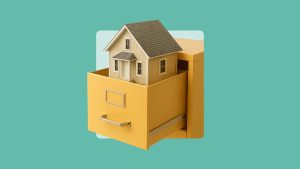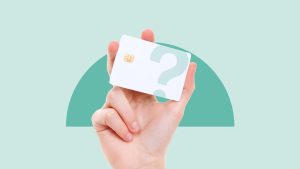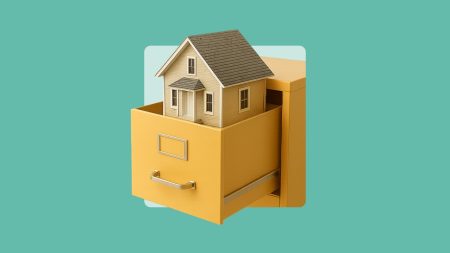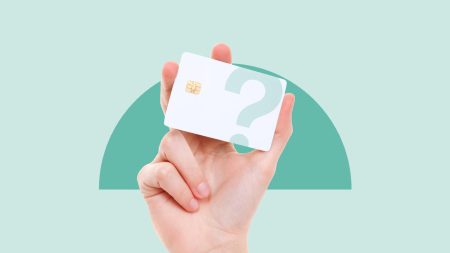This time last year, I left my secure, stable 9-to-5 and struck out on my own as a freelancer. That April, I prepared my taxes as always, eagerly awaiting my IRS refund to hit my bank account so I could put it towards growing my then-fledgling business. But I knew that breezy tax season would be the last of its kind.
Going forward, I’d have to prepare for a recurring event all my freelancing friends dreaded: quarterly estimated taxes. Moving away from my decades-old tax habits was rocky at first; as a W-2 employee, I’d gotten pretty comfortable with the deductions and returns I’d come to expect.
But a lot of self-employed people similarly struggle to make the transition, said Paco de Leon, founder of The Hell Yeah Group, a financial firm.
“Taxes are a living, breathing thing, especially when your income and expenses fluctuate the way they do when you’re a freelancer or small business owner,” de Leon said. “Being a W-2 employee, everything is done for you, and you don’t have to worry about it. Any sort of shift is confusing for people. Even when you try to calculate your effective tax rate, there’s the state level, the federal level, city and county — it’s a lot to digest,” she adds.
Tax experts and financial advisers counsel their clients to change up their saving and depositing strategies well ahead of the estimated tax deadlines: April 15, June 15, Sept. 15 and Jan. 15. De Leon recommends thinking of this savings piece as a “hygiene” habit.
“The tax-savings piece is a non-negotiable habit, like brushing my teeth in the morning and before I go to bed,” de Leon said. “The financial hygiene I keep as a business owner — the pain of not doing it is too great, and I think a lot of other people would agree with me. The pain is just too great.”
With some forethought and discipline, preparing to meet these new payment due dates won’t feel as intimidating for you as it did for me.
Bankrate’s take: Tax season is just around the corner. Keep abreast of the latest news and advice on tax brackets, property taxes, estate planning and more with Bankrate’s tax guidance and resources page.
How much money should you put aside?
W-2 employees have taxes taken out of their paychecks before the money arrives in their bank accounts, but freelancers, gig workers and self-employed people have to do this math on their own.
“A lot of people just don’t realize how much of a bite taxes feel like,” de Leon said. “It can feel like quite a haircut if you haven’t set up a system to save … It can be shocking.”
But putting that money aside doesn’t have to be so painful, de Leon said. She recommends saving somewhere between 10 percent and 30 percent of every dollar you make, as soon as you make it. Splitting that portion out immediately protects it from getting lost — or worst, getting spent.
But the exact percentage you save will depend on your state and county, so saving on the low end might come back to haunt you when tax time comes.
To prevent catastrophe, Danielle Arlotta recommends saving more than you think you might need, maybe even 40 percent of every dollar you make. That way, you know for sure you’re covered for those tax payments; and any extra money you have socked away feels like a bonus. You can roll it over into your regular savings account or even invest it back in your business.
If you don’t feel confident in your ability to land on a suitable range, then de Leon recommends working with a certified public accountant, or CPA. A professional like this can provide you with tax projections and a much more specific number tailored to your particular financial situation.
Keep in mind: You’ve heard of the 50/30/20 rule, saving for life events and saving for retirement. But when it comes to saving monthly, how and where you should save it matters. Read Bankrate’s advice on how much you should save each month.
Where should you put your money?
Once you embrace the save-as-you-go system, and feel good about the money you’re setting aside, another decision point arises: where exactly to stash it.
Any time you’re evaluating savings vehicles, the abundance of options and promised annual percentage yields (APYs) can feel overwhelming. But when it comes to choosing a deposit account for a hunk of money as important as tax savings, you’ll want to first prioritize liquidity and minimize risk.
“I wouldn’t invest it,” de Leon said. “I wouldn’t put it in crypto. The purpose of that money is for taxes, not getting any sort of return.”
Prioritizing liquidity – meaning you’ll be able to access this amount of money quickly and easily — means you likely shouldn’t consider certificates of deposit (CDs) or money market accounts. A CD might offer an attractive APY, but there are penalties to taking that money out early, which means you’d have to set the timeline very carefully, lest you don’t exactly align the dates and then pay the price.
But keeping the money in cash or in a checking account also isn’t a good idea, Arlotta said. You’re losing potential value, yes, but you’re also likely to spend that money when it’s so easily accessible.
Arlotta instead recommends her clients stash their tax savings in a high-yield savings account. The yields on these accounts — 3.70 percent APY at Ally and 3.90 percent APY at Marcus by Goldman Sachs, as of the week of Feb. 24 — may not seem like much, but the possibility of interest income could deter you from tapping into that fund unnecessarily. Additionally, these accounts often don’t set limitations as to the amount of money you can deposit.
When should you touch it?
Ideally, you’ll follow de Leon’s strategy and continue setting aside a portion for your tax savings every single time you get paid — and then don’t touch the money at any point. Until you pay the IRS, that is.
Robin Patin said she’s seen firsthand how people are able to psych themselves out in order to optimize their savings.
“Create a law for yourself,” she said. “A rule you always follow, without question. Mine is, ‘I’m not going to sell a long-term investment for a short-term.’ I don’t cross that line.”
Bottom line
Wrapping my arms around a new process felt intimidating at first. But after adding the quarterly estimated tax deadlines to my calendar and changing my savings strategy, I felt my shoulders relax. With my new system, paying taxes didn’t have to be a once-a-year chore; now, preparing for quarterly taxes is baked into my schedule.
And hopefully, if I follow de Leon’s lead, one day it’ll feel as simple and routine as brushing my teeth.
Read the full article here









